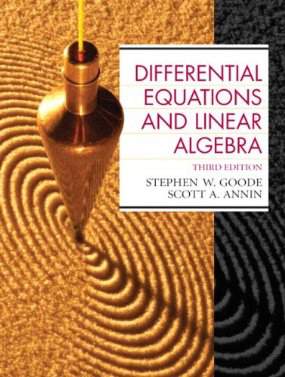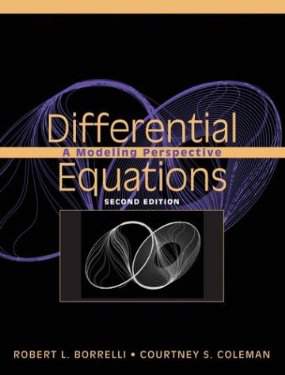Connecting...

This is a quick preview of the lesson. For full access, please Log In or Sign up.
For more information, please see full course syllabus of Differential Equations
For more information, please see full course syllabus of Differential Equations
Differential Equations Fourier Series
Lecture Description
In this lesson, our instructor Will Murray gives an introduction on Fourier series. He discusses the Fourier series, even and odd functions, and extending functions.
Bookmark & Share
Embed
Share this knowledge with your friends!
Copy & Paste this embed code into your website’s HTML
Please ensure that your website editor is in text mode when you paste the code.(In Wordpress, the mode button is on the top right corner.)
×
Since this lesson is not free, only the preview will appear on your website.
- - Allow users to view the embedded video in full-size.
Next Lecture
Previous Lecture










































 Answer Engine
Answer Engine






1 answer
Mon Mar 9, 2015 9:57 PM
Post by David Löfqvist on March 9, 2015
Is there any shortcut formulas for fourier series like for Laplace Transforms? And are Fourier Transforms and fourier series the same thing?
1 answer
Mon Aug 4, 2014 7:46 PM
Post by matt kruk on July 15, 2014
hi professor i was a little confused during example 4/5 for the a(o) you used 2/l integral of f(x)cos(npix)/L however for example 1 you used a different approach of 1/L integral of f(x). is that because in example 4 we know its an even function so we have a shortcut. and would that then also apply to odd functions using the sine convention
1 answer
Fri Nov 22, 2013 5:38 PM
Post by Edward Arreguin on November 21, 2013
is and odd function times an odd function always even?
1 answer
Mon Oct 21, 2013 7:12 PM
Post by Nommel Meless Ghislain Djedjero on October 9, 2013
Thank you so much Dr William Murray, everything is clear now. I wish Educator has a Real Analysis course.
1 answer
Fri Oct 4, 2013 6:30 PM
Post by Nommel Meless Ghislain Djedjero on September 28, 2013
How do you know that for example 4 that L=3 ?
1 answer
Sat Jun 8, 2013 5:53 PM
Post by Chun Wang Lo on June 3, 2013
How can i download the lecture notes? i have click the download lecture slides button but its doesn't work
3 answers
Tue Apr 16, 2013 8:30 PM
Post by Bethany Blystone on April 12, 2013
Why is it that I get part way through the first example and it stops me?